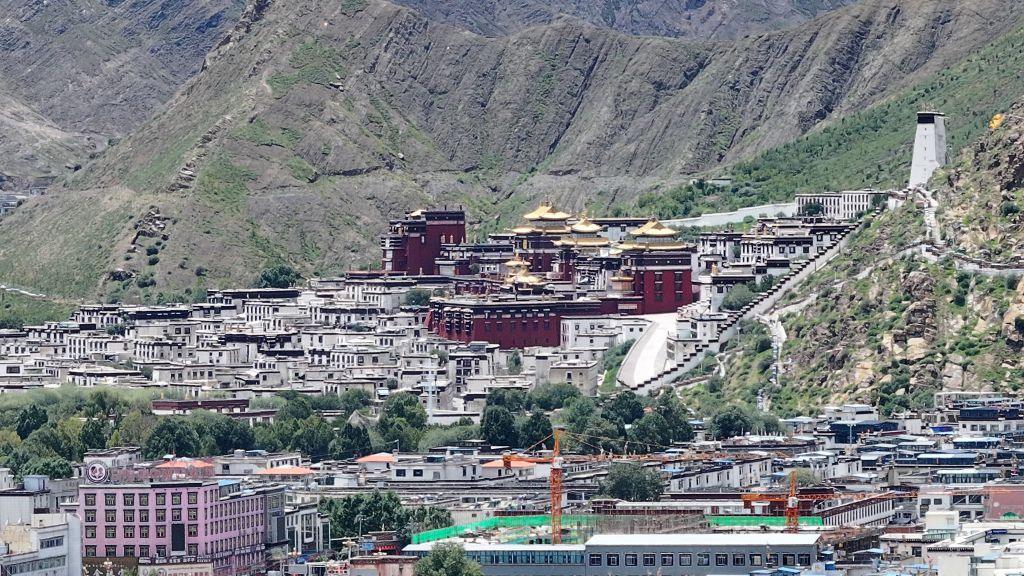On January 7, 2025, an intense earthquake hit the Tibet Autonomous Region in western China, killing at least 53 people and injuring 62 others. Reported by Chinese authorities to be of a magnitude of 6.8 and by the U.S. Geological Survey of 7.1, the earthquake has destroyed a wide area in and around Shigatse, near the border with Nepal.
Key Details regarding the Earthquake

The epicenter of the earthquake was located approximately 50 miles northeast of Mount Everest and was characterized as seismically active. Tremors were felt in countries close by, including Nepal and parts of India, which raised concerns across the region. Rescue teams were mobilized with around 1,500 personnel being sent to the areas affected by searching for survivors and giving emergency response.
Tibet is situated in one of the most seismically active regions in the world, where the Indian tectonic plate collides with the Eurasian plate. It is because of this tectonic activity that the region suffers so many earthquakes, including this last disaster. Such events occur quite commonly in the Himalayan belt, but most notably, several earthquakes of high magnitudes have rocked the belt in the past several decades.
Impact on Local Communities
The quake has brought about several buildings collapsing in Shigatse and nearest areas. People have lost homes and traumatized many. From local officials, it was reported that there was serious structural damage to schools, hospitals, and heritage sites. Landslides also blocked roads complicating the rescue operations and delivery of essential supplies. Rescue operations are ongoing under tough conditions, and with assessments continuing by the authorities, the death toll is expected to go up.
Full Report By ALJAZEERA HERE
The government has declared a state of emergency in the affected areas and has promised to mobilize all relevant resources to assist the affected populations. International agencies have also made their willing aid available to neighboring countries. Local authorities are now advising vigilance and safety regulations on everything else to manage further risk from aftershocks-the latter of which are usual after any major earthquake-having opened an economic door.
Historical Context
This devastating earthquake provides a wake-up call to the region, reminding of its exposure to the calamitous forces of nature. The most recent earthquake – measuring 7.8 on the Richter scale – killed about 9,000 people in Nepal. Such events emphasize the need for disaster preparedness to be stepped up in the region. Experts continue with calls for constructing earthquake-resistant edifices and developing more effective systems for early warnings against future tremors.

Rescue operations still proceed, attempting to bring back as many, if not all, lives as possible amid this disaster. Reconstruction of damaged infrastructures and the actual planning and formation of schemes towards minimizing one’s vulnerability to disasters are projected to take time, most probably as part of a long-term program. The tragedy has rekindled the need for a genuine international partnership in disaster risk reduction and response.
While mourning their losses, the Tibetan people are shown to have great resilience as they start the long and laborious task of recovering and rebuilding. And the world watches and stands by, hoping for a quick end to this tragedy’s unfortunate event.